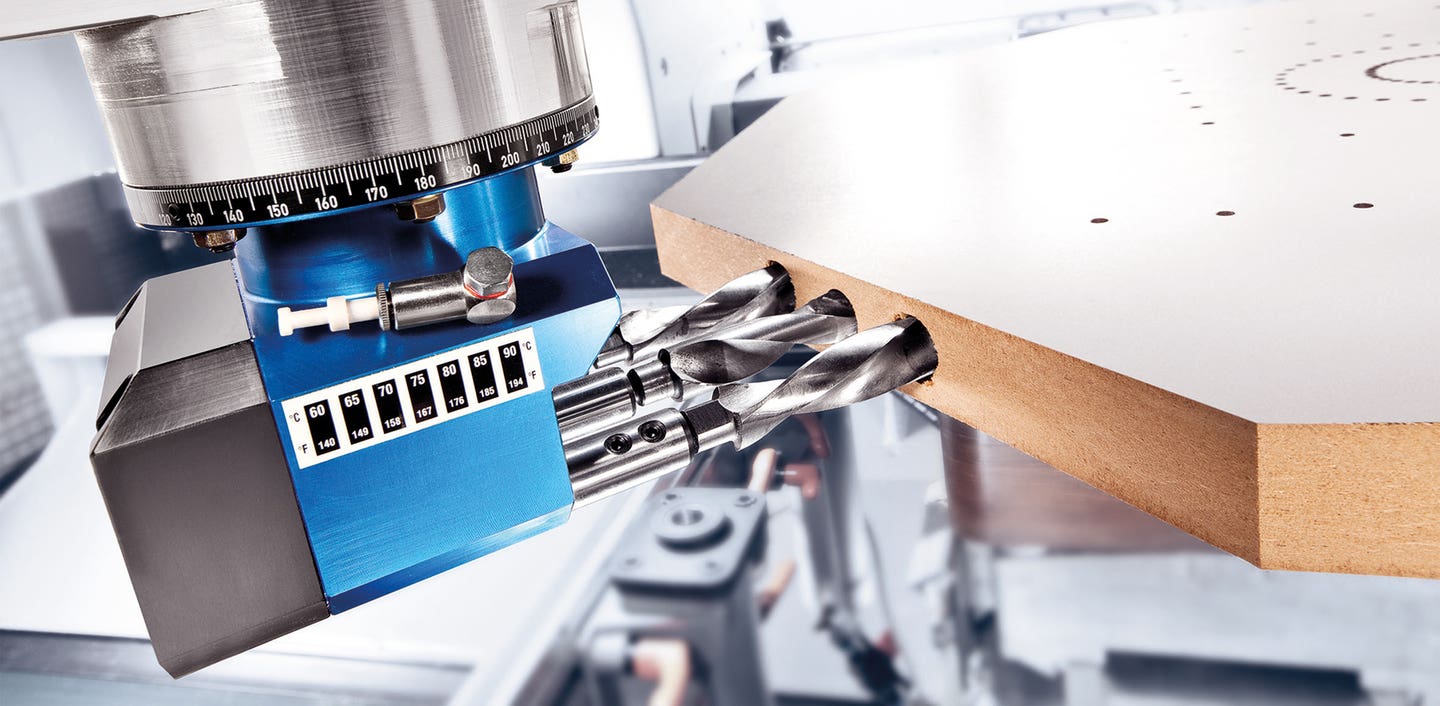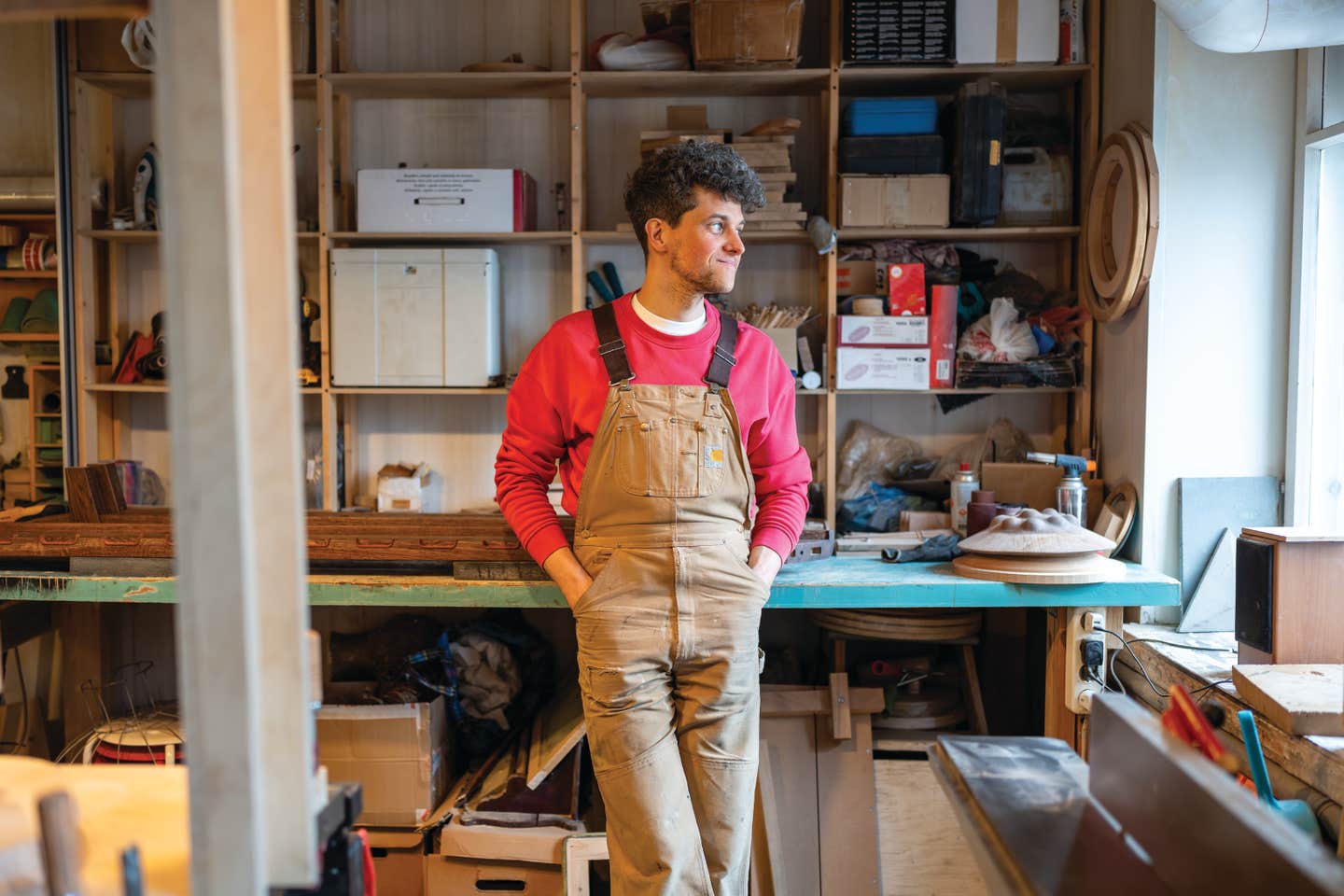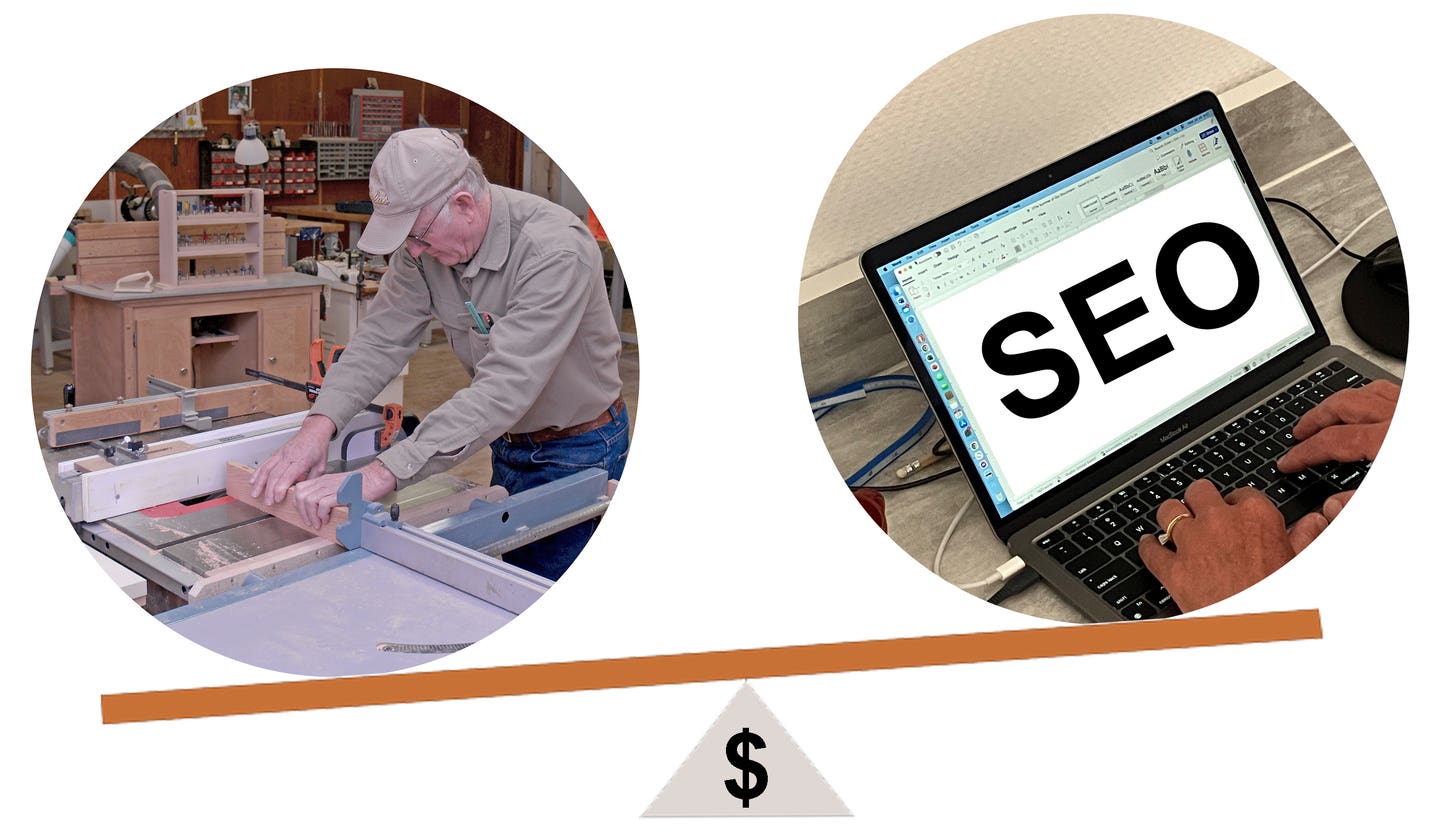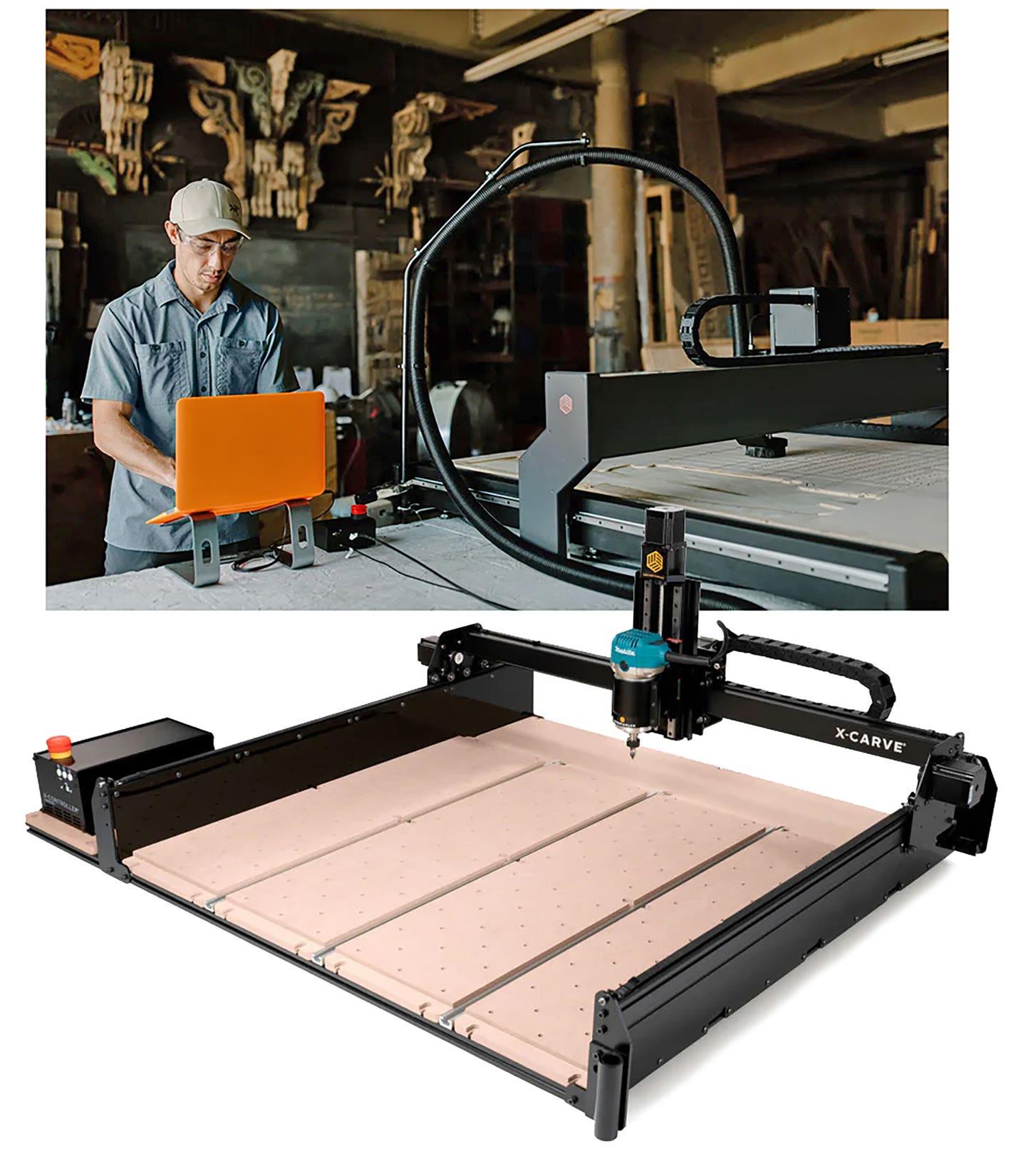Center of your universe
They’re called either combination, multi-purpose or multi-function machines. Their most obvious advantage might not actually be their best feature. Sure, they save floor space, but what they can really save…
They’re called either combination, multi-purpose or multi-function machines. Their most obvious advantage might not actually be their best feature.
Sure, they save floor space, but what they can really save is steps and time. Instead of moving parts and people from one station to the next, a multipurpose work center can localize functions. Everything happens in one place, so there are fewer carts that have to be loaded and unloaded, or pushed around the shop.
When the first commercially viable multifunction machines arrived from Europe about 40 years ago, most of them shared a problem. There was a perception that it took a long time to change functions. Now, with advanced technology and streamlined ergonomics, tool changeovers generally happen seamlessly and quickly. On many machines, various tools will share setups such as fences or dust collection ports, so changing functions is often as simple as flipping an in-feed table.
Beyond changeovers, another drawback to this family of machines is that the woodworker can usually use only one tool or function at a time. An employee might be ripping stiles or rails on the saw and then switch to the planer only to discover that he’s a couple of parts short. It can be a pain to revert to the saw function and then go back to the planer — a process that would obviously be easier to accomplish on separate machines (unless they were at opposite ends of the shop or being used by somebody else). As a result, multipurpose machine owners tend to take a little more time planning each job — which isn’t all bad — and they often have to build in a larger waste factor so they don’t have to repeat a step. When they do go back, they have to make sure the second setup exactly matches the first or the parts being made might have slightly different dimensions.
Maintenance can be an issue, too. Most machines come with a separate motor for each major tool, but some run everything off one power plant. Some share cutterheads, too — most commonly a jointer and planer. Even more so than with most machine purchases, if you’re considering adding a multipurpose machine it’s a good idea to ensure there are adequate parts and support available for the brand you choose. That’s especially true for single motor units: you run the risk of losing several different tools simultaneously if the motor fails.
Advantages
That’s about it for the downside. Now let’s take a look at what a shop might gain by adding a multifunction machine.
Combination platforms allow a woodworker to locate a number of core tools in a relatively small physical space, which can be a huge advantage for one-man operations that need to watch every dime of rent. Small shops can also save on dust collection, as only one designated collector and limited ductwork is required.
Despite their healthy price tag, most multifunction machines end up being a smaller investment than buying several stand-alone pieces of equipment of the same quality.
These machines can be particularly appealing to a specialist in a larger shop who is relatively separated from other processes. He or she might concentrate on a custom process such as bending or laminating, for example, and is currently tying up the main table saw or planer for long periods to make thin, bendable strips.
Another sensible application for a multifunction machine is within a strict regimen such as drawer making, where a small number of steps are repeated in a cycle. This kind of activity seems to work well with tool changeovers, where dimensions don’t change a lot and previous setups can be reused.
Training can be somewhat simplified if a new worker only needs to learn one major machine.
Some equipment options
Among the more familiar brands of multipurpose machines are Baileigh, Felder, Hammer (a Felder company), Kity/Bestcombi, Knapp (which has been part of Robland since 2000), Laguna Tools, Mini-Max, Robland, Rojek, Shopsmith and the Italian manufacturer Veba.
Laguna Tools was one of the pioneers in this field and, as such, has a lot of experience with this type of equipment. Laguna’s combination machines range from two-function units with a jointer/planer combination (model MJOPL124400, which is listed at $3,245) to full five-function machines that include a sliding table saw, a shaper, jointer, planer and mortiser (the MCO1000, a.k.a. the Robland NX31, which is listed at $10,600). The company’s latest offering also includes a spindle sanding station.
Baileigh Industrial also offers a five-function machine. The MF-3005 combines a 10” sliding table saw, 12” planer, 12” jointer, 5/8” mortiser and 1-1/8” shaper. Three individual 220-volt single-phase motors handle these functions. The table saw is equipped with a scoring blade and has a crosscut capacity of 63”, while the shaper turns at 3100 rpm and has a cast-iron fence with a 4” dust port. There’s a horizontal mortiser attached to the jointer (which coverts into a planer in less than 30 seconds). The MF-3005 lists for $8,295. Baileigh also carries a larger version, the MF-4005, which the company calls “a 5-in-1 machine on steroids.” It combines a 12” sliding table saw, 15” planer, 15” jointer, 5/8” mortise and 1-1/8” shaper. Again, the functions are run on three individual 220-volt single-phase motors and the table saw (with scoring) has a crosscut capacity of 86”. Integrated dust collector ports are also included throughout and the MF-4005 lists for $11,195.
Tech Mark Inc. is the face of Rojek Woodworking Machinery in the United States. Rojek is a family-owned company that was founded in the Czech Republic in 1921 and has survived both a world war and the Soviet Union. When the Kremlin took over, the factory was nationalized and controlled by the government, but the family still ran the day-to-day operations. After the fall of communism, Rojek retooled with CNC capabilities and now offers world-class products, among which are three KPS 5-in-1 combination machines. The model 300A is built around a panel saw with an aluminum sliding table and the model 400 has a 12” table saw with a scoring blade, a four-speed shaper, 16” planer and 16” jointer. There’s an optional mortising attachment, too.
Felder offers five machines in this category: the CF531 and 531 Pro, the CF741 and 741 Pro, and the CF 741S. The company was founded in 1956 in a little shop in Johann Felder’s parents’ home in Tyrol and two years later he added a foundry in the back garden. Today, the company employs about 550 people, operates in 72 countries and produces the Hammer, Felder and Format-4 brands. Known for extremely quick tool changeovers, Felder’s products are popular with custom furniture builders. The 531s have a 12” jointer and planer, while the 741s are equipped with 16” knives. Crosscutting capabilities and fence lengths vary among the models and all of the shapers come with tilt. Felder is coy about listing prices on the website, but there is contact info online for the company’s sales showrooms in Delaware, Texas and California.
Robland builds its combination machines in Bruges, Belgium. Founded in 1972, the company offers 10 different models of combination machines in Europe, ranging from the HX260 to the NXTZPro. Ordering and pricing for Robland products can be found at www.lagunatools.com, the U.S. dealer.
Shopsmith
It would be difficult to talk about combination woodworking equipment without mentioning the Shopsmith Mark 7. Designed for serious hobbyists with limited space, this is not a production machine but is nonetheless an interesting option, especially for commercial kitchen and institutional installs. The table saw is not intended for large sheet stock (the table tilts while the blade stays vertical), but it works well for trim.
If your install team is looking for a portable workshop that brings a lot more to the job site than a miter saw and portable tools, the Mark 7 (at $4,129) might just be a smart choice. Beyond the 10” table saw there’s a 34” (between centers) lathe, a very nice 16-1/2” drill press, a 12” disc sander that can be used to micro-adjust miter cuts, a horizontal boring setup for dowel joints and a router/shaper configuration that, though slow, can provide enough milling capacity to cut decorative edges and do on-site repairs.
The machine has just one motor (it’s essentially a mechanical reo-stat that the company calls a Digital Variable Reluctance or DVR), and it comes with digital electronic speed control from 250 to 10,000 rpm. What’s nice about the Mark 7 is that it plugs into a household electric outlet (delivering 1-3/4 hp at 110 volts and 2 hp at 240 volts) and works in forward or reverse. The whole machine comes on decently sized casters that let one woodworker roll it from room to room and the system offers options such as a band saw and jointer, both of which can be pure gold on an install. The main motor can also drive an optional belt sander, biscuit joiner, dust collector, a couple of thickness planers and even a scroll saw. And for about $600, there’s a stand-alone power station that will run an accessory when the main unit is set up for another function.
This article originally appeared in the December 2015 issue.







